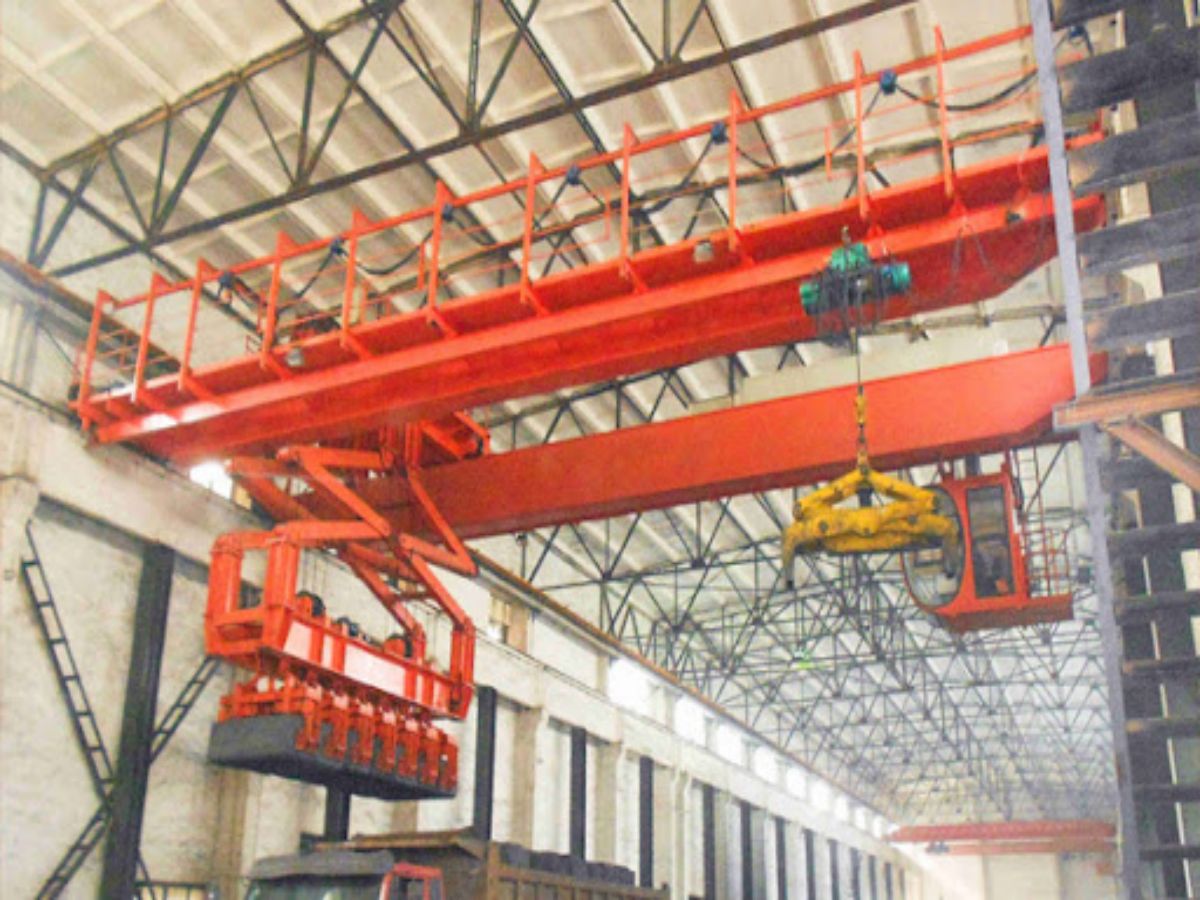Introduction
Anode carbon overhead crane configurations play a vital role in the aluminum industry, facilitating the transportation and handling of anode carbon blocks. These cranes are specifically designed to ensure efficient and safe operations in aluminum smelters. In this article, we will delve into the different types of anode carbon overhead crane configurations, discussing their features, applications, and advantages in detail.
1. Single Girder Overhead Crane
The single girder overhead crane configuration is one of the most commonly used types in the aluminum industry. It consists of a single beam that spans the width of the working area, providing a cost-effective solution for lifting anode carbon blocks. This configuration is suitable for light to medium-duty applications and offers flexibility in terms of load capacity and span length.
2. Double Girder Overhead Crane
The double girder overhead crane configuration is ideal for heavy-duty applications that require lifting and transporting large and heavy anode carbon blocks. It features two parallel beams that provide enhanced stability and load capacity. This configuration offers greater lifting heights and spans, making it suitable for larger smelters with higher production capacities.
3. Semi-Gantry Overhead Crane
The semi-gantry overhead crane configuration combines the features of an overhead crane and a gantry crane. It consists of one end truck supported on an elevated runway beam, while the opposite end of the crane operates on a ground-level rail. This configuration is beneficial when there are space constraints or uneven floors in the aluminum smelter.
4. Full-Gantry Overhead Crane
The full-gantry overhead crane configuration is designed for situations where there is a need for complete mobility and flexibility. It features two end trucks that run on elevated runway beams on either side of the working area. This configuration allows the crane to cover a larger span and provides the ability to lift anode carbon blocks from various locations within the smelter.
5. Truss-Type Overhead Crane
The truss-type overhead crane configuration is characterized by its lightweight design and high load capacity. It consists of a truss structure that offers excellent strength-to-weight ratio, enabling the crane to handle heavy anode carbon blocks while minimizing the deadweight of the system. This configuration is particularly useful in situations where the crane needs to be relocated frequently.
6. Top-Running Overhead Crane
The top-running overhead crane configuration is widely used in aluminum smelters due to its versatility and efficiency. It operates on elevated runway beams and provides maximum hook height, allowing for the lifting and movement of anode carbon blocks in various directions. This configuration is suitable for both single and double girder cranes, depending on the specific requirements of the smelter.
7. Under-Running Overhead Crane
The under-running overhead crane configuration is an alternative to the top-running configuration, where the crane's end trucks operate on the bottom flange of the runway beams. This configuration is commonly used when there are height restrictions or limited headroom in the aluminum smelter. It offers flexibility in terms of span length and load capacity.
8. Cantilever Overhead Crane
The cantilever overhead crane configuration is designed for situations where there is a need to extend the reach of the crane beyond the runway beams. It features an additional beam that extends horizontally from one end of the crane, providing increased coverage and enabling the lifting and positioning of anode carbon blocks in hard-to-reach areas. This configuration is particularly useful in smelters with complex layouts.
9. Magnetic Overhead Crane
The magnetic overhead crane configuration incorporates an electromagnetic lifting system, allowing for the handling of anode carbon blocks with magnetic properties. The crane is equipped with a magnetic plate or lifting attachment that securely grips the carbon blocks during transport. This configuration is especially beneficial when dealing with ferromagnetic materials or when a high level of precision is required.
10. Automated Overhead Crane
The automated overhead crane configuration utilizes advanced automation and control systems to optimize the handling and movement of anode carbon blocks. These cranes can be programmed to perform complex tasks with minimal human intervention, improving efficiency and reducing the risk of human error. This configuration is ideal for high-volume production environments where precision and productivity are paramount.

